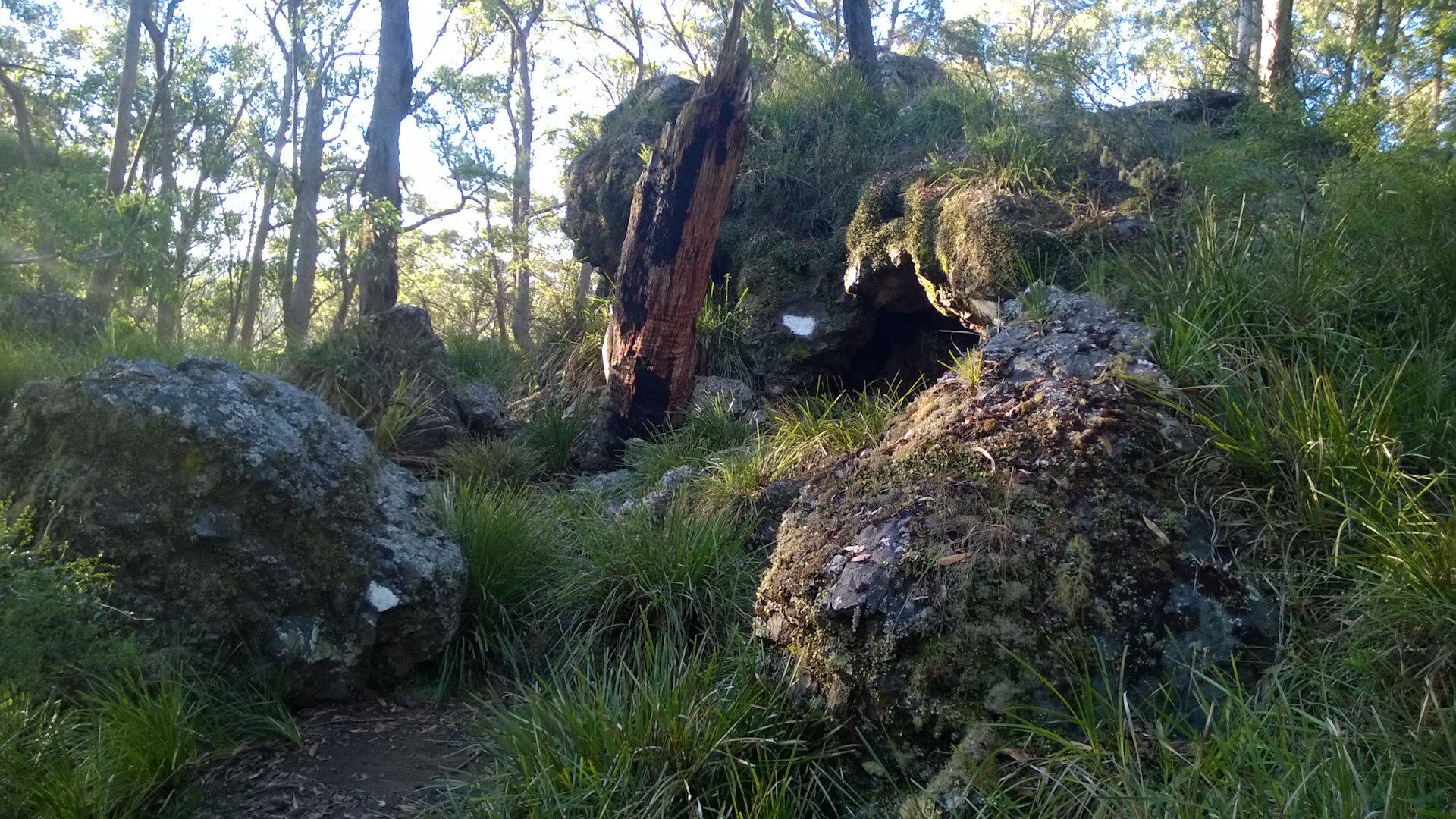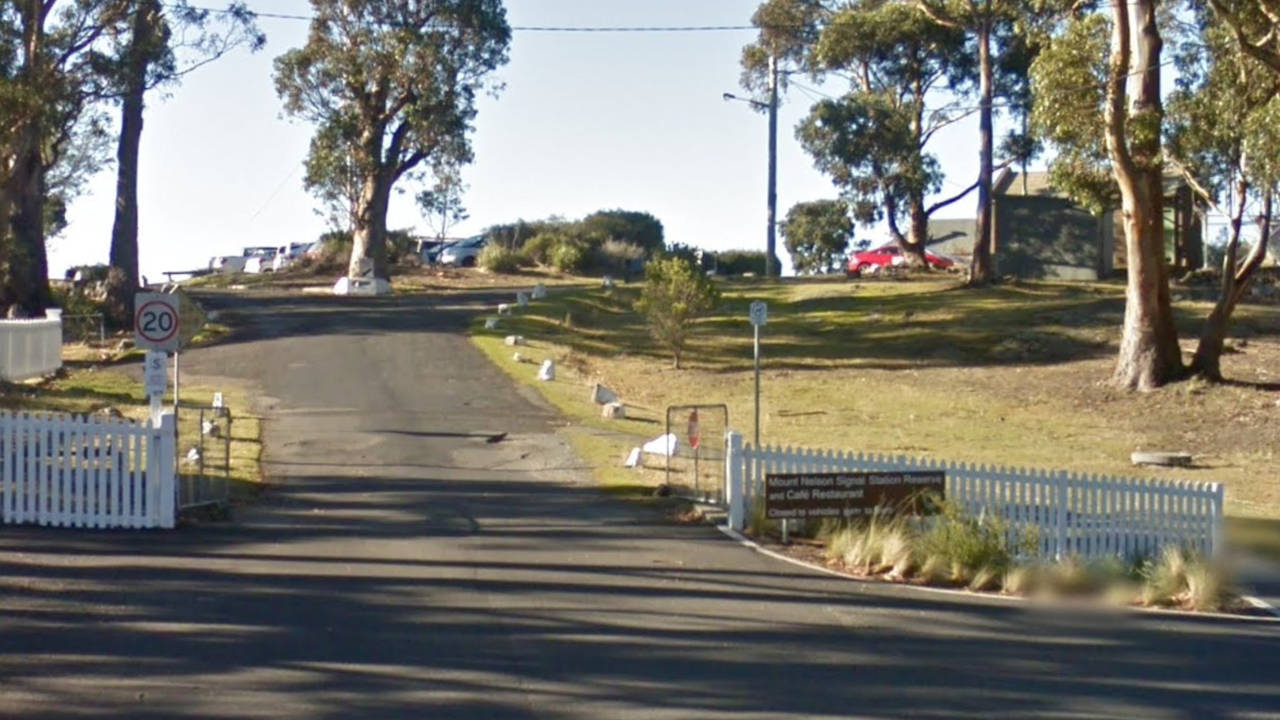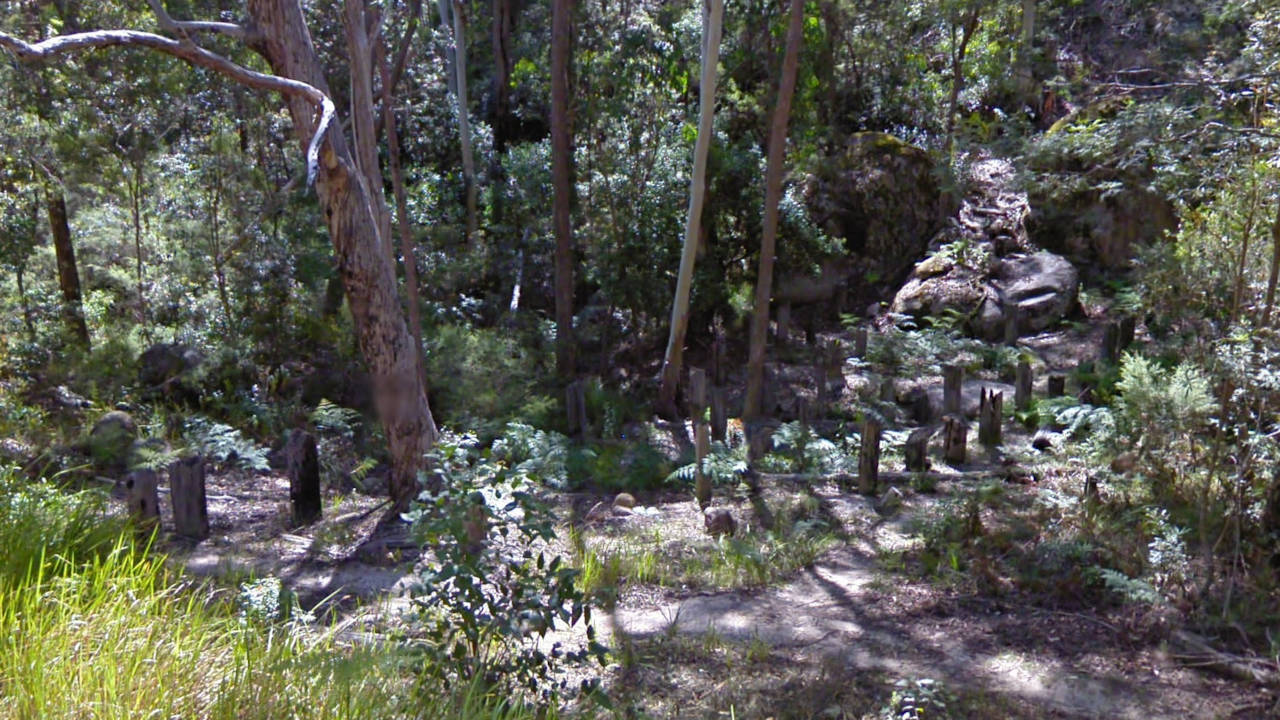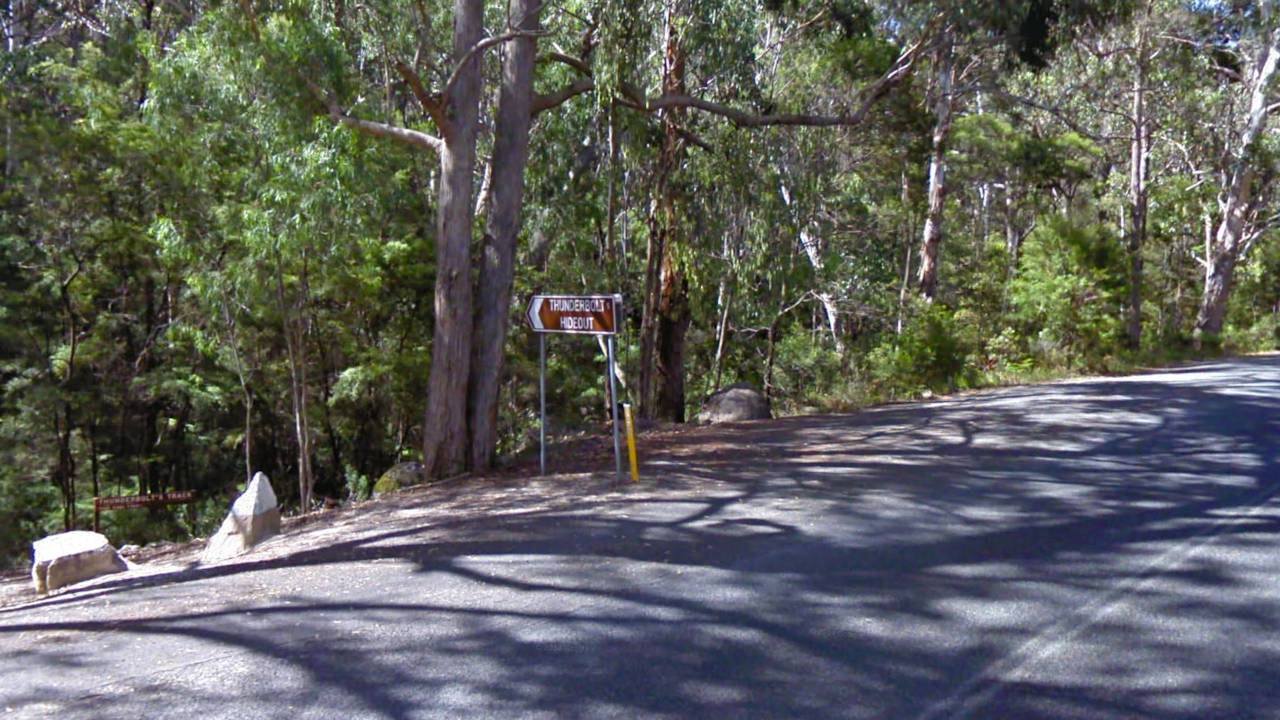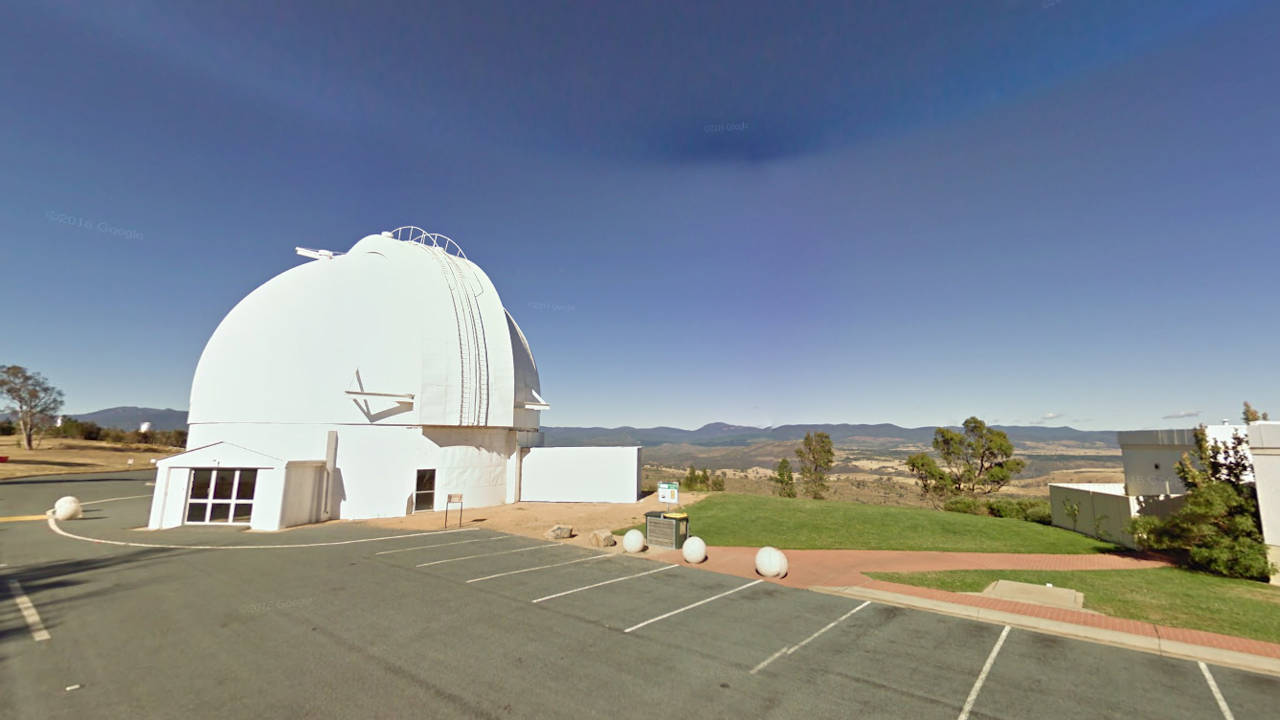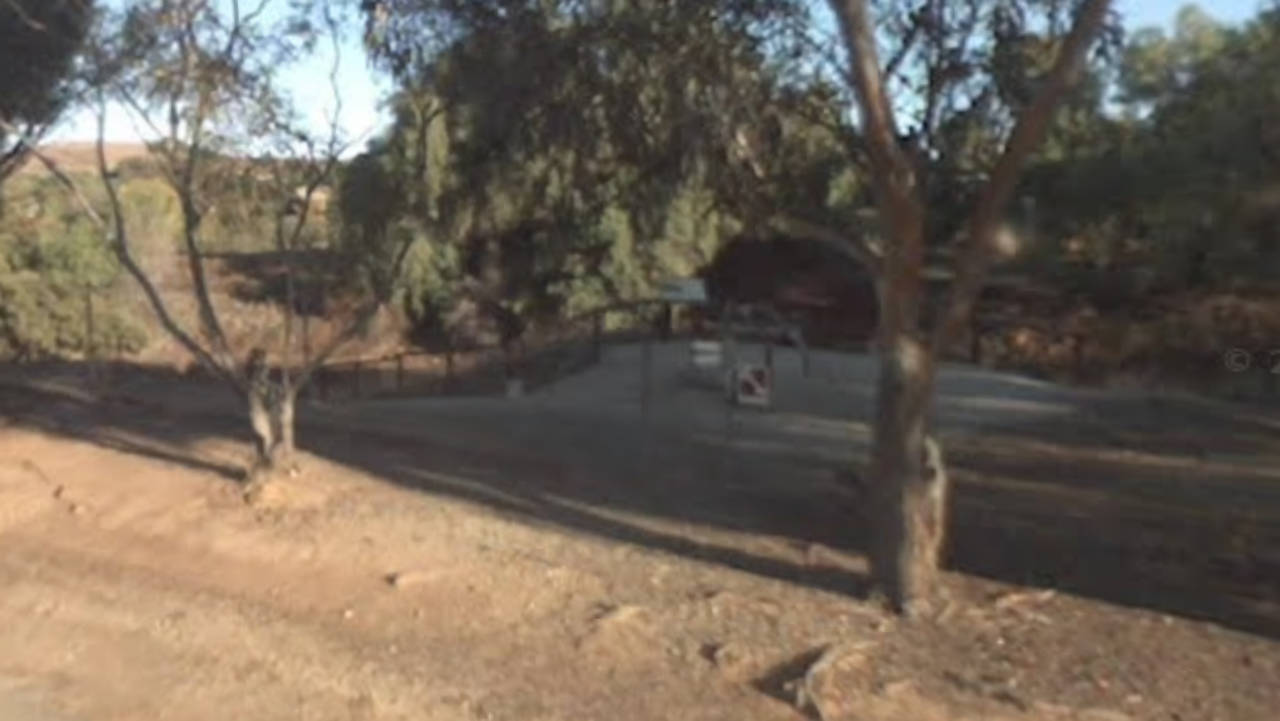Thunderbolts Cave
Thunderbolt’s Cave is named after Captain Thunderbolt, a bushranger in the 1800s who used the cave as a hideout in 1867 and 1868. He conducted robberies in the New England area through to Tamworth. Frederick Wordsworth Ward (1835-1870) was renowned for escaping from Cockatoo Island in 1863 and had a reputation of a “gentleman bushranger”. … Read more

